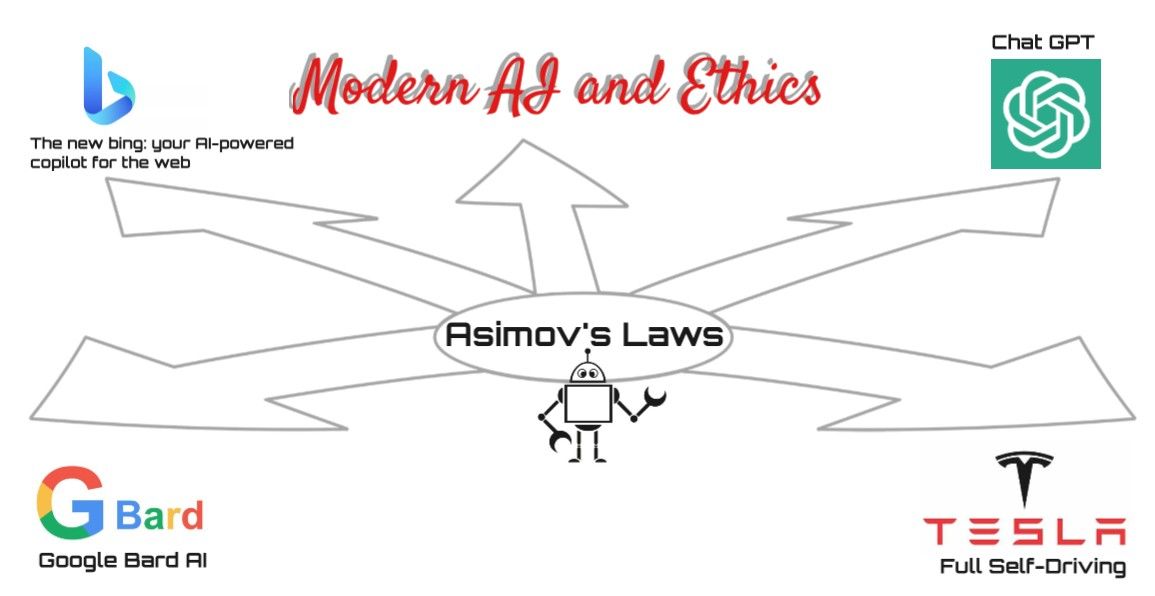Welcome to your trusted source for the latest happenings in the world of Artificial Intelligence and Data Science. This week, we dive into the heart of AI ethics, paying tribute to the vision of the legendary science fiction author Isaac Asimov. Asimov's Three Laws of Robotics have inspired conversations about machine behavior since their conception and continue reverberating through today's AI advancements.
For newcomers or those in need of a refresher, here are Asimov's Three Laws of Robotics:
- A robot may not injure a human being or, through inaction, allow a human being to come to harm.
- A robot must obey the orders given to it by human beings, except where such orders would conflict with the First Law.
- A robot must protect its own existence as long as such protection does not conflict with the First or Second Law.
Initially, these laws were a thought experiment, a narrative device around which Asimov penned countless stories. Yet, they have since grown to become an essential conceptual framework for real-world robotics and AI ethics.
The field of modern AI has witnessed remarkable progress, revolutionizing industries and pushing the boundaries of human innovation. From breakthroughs in natural language processing to the astounding capabilities of deep learning algorithms, AI is transforming how we live, work, and interact with technology. However, these advancements come with significant ethical considerations that demand our attention.
Asimov's laws help us confront all sorts of ethical dilemmas. While they don't provide all the answers, they emphasize the primacy of human safety and the critical importance of designing AI to respect and protect human life.
- Protecting Human Well-being: The first law underscores the importance of ensuring that AI systems do not cause harm to humans. It prompts us to design AI technologies prioritizing human safety, security, and dignity and proactively mitigating potential risks.
- Human-AI Collaboration: The second law emphasizes the need for AI to obey human instructions, placing humans in control. This highlights the importance of developing AI systems that augment human capabilities, foster collaboration, and empower individuals rather than replace them.
- Ethical System Behavior: The third law calls for AI systems to protect their own existence as long as it aligns with the first two laws. In our pursuit of ethical AI, we must ensure that systems are designed to align with human values and not prioritize self-preservation at the expense of human well-being.
As the field of AI advances, ethical considerations have taken center stage. To address the moral challenges posed by modern AI, initiatives such as the development of ethical guidelines, AI ethics committees, and research institutions dedicated to AI ethics have emerged worldwide. These efforts aim to foster responsible AI development and ensure that AI benefits society.
In this rapidly evolving field, we must contribute to these ongoing conversations about AI ethics as a community of AI developers, researchers, and users. Let's continue to honor Asimov's legacy by ensuring that our AI technologies remain respectful of and beneficial to humanity.


